This was the last of the sessions in which we read and discuss examples of experimental theater. I must admit that I am always just a little sad to see this day come. I love the creation process that follows, but these first few sessions that have no goal other than exploration and trying things out, getting to know what we are capable of together, are just plain fun. No looming deadlines, no pressure to get anything just right, just “pure actor research” as JoAnne Akalaitis calls it. This year somehow we ended up doing some of the exercises we usually do earlier in the process in this later session and it was really interesting to see how already having five sessions of “research” made these exercises not easier, but more interesting from the get go and ripe to be taken to new levels we cannot usually reach in the earlier sessions. We were cats, puppet cats, and robot cats.
We played a strange game of antiquated telephone. And then we built some machines. The machines were where the previous work was most in evidence. We asked for an expanded more dynamic machine and boy is that what we got. We not only played with adding emotional qualities to the machines but we also played with contradictory aspects, such as a machine that is getting sadder and faster. I think one of my favorites was the anger machine slowing down and speeding up and turning into a sad machine, although the slow happy machine was pretty interesting too.
Today’s readings were also very exciting as we had two pieces we have never studied before. The first was by Mac Wellman a prolific playwright who has been experimenting with theater since the 60s but is still going strong today. We read Antigone a play that was written for and performed by The Big Dance Theater in 2002. In it the Three Fates who are also the Three Facts and are on their way to becoming the Three Graces tell what appears to be an urAntigone. At one point they whisper into the ear of a Sophocles puppet, seemingly planting the seeds for his future play. Since the story of Antigone has not yet been pinned down by the playwright it is a fluid and changing thing. The action is also interrupted by The Shriek Operator an “unknown god of unknown origin” who is indicated in the script by a logic symbol. Wellman believes the only logic in life is illogic and in Antigone the story seems as stuck between a rock and a logic place as Antigone is stuck in her living grave. Since the dialogue was written for dancers it seems that the connections to the Antigone story were mostly in the choreography leaving Wellman to use his unique blend of serious language riffing to layer on new ideas sparked by the story. The dialogue is heavy with images of cat’s cradles, spiders, geodes, celestial eggs, and “Of all things strange, Humankind.”
Our second reading was The Appeal by Young Jean Lee a contemporary playwright who won an Obie for emerging playwright in 2007. Lee sets out to write the plays she is least interested in writing and in this case she thought the most pretentious thing to write about would be the English romantic poets talking about life and art. In Lee’s play the characters identify themselves as Wordsworth, Coleridge, Dorothy Wordsworth, and Lord Byron, but they don’t behave much like you would expect those people to behave. Lee’s plays challenge every notion of a “well made” drama, especially the idea that if it happens in the play it is true within the play. Her characters often behave in contradictory ways in different scenes. Traditional dramatic action is treated as something that happens only because it must and is often fleeting and unresolved. The characters are unable to communicate with each other or to make the play work in the way they seem to be aware they should. This may sound strange, but it is really really funny and the discussion after this one was lively. One of my favorite observations was that even though these characters don’t behave in any way like we expect characters in a play to behave they seemed more like “actual people” for it.
After the readings we played the ribbon game. This game is great because it allows for all kinds of interpretations, changes and nonverbal negotiations between partners or groups. We ask them to silently create a scene with a ribbon, that is all, but then we add the arbitrary rule that if the ribbon is on the ground you can move however you like, but if the ribbon is not on the ground you must move as slowly as you can. This strange rule not only forces the scenes to have an abstract element that must be incorporated creatively but also allows them to work on precision in their transitions. This one really combines a lot of the skills they have learned over the past two weeks. Watching them use these skills so intensely is what makes this exercise one of my favorite moments in the workshop every year.
After the ribbon game we all worked together to make some scenes using more arbitrary decisions about movement and speaking. Chad has dubbed this activity, which we do most years but has never had a name before, “human membrane” and I love it. The name comes from the fact that usually the changes in movement and speaking happen because you encounter other people in the room, things change because you move through a membrane of humans. Sweet. And thus it shall be known as Human Membrane henceforth!
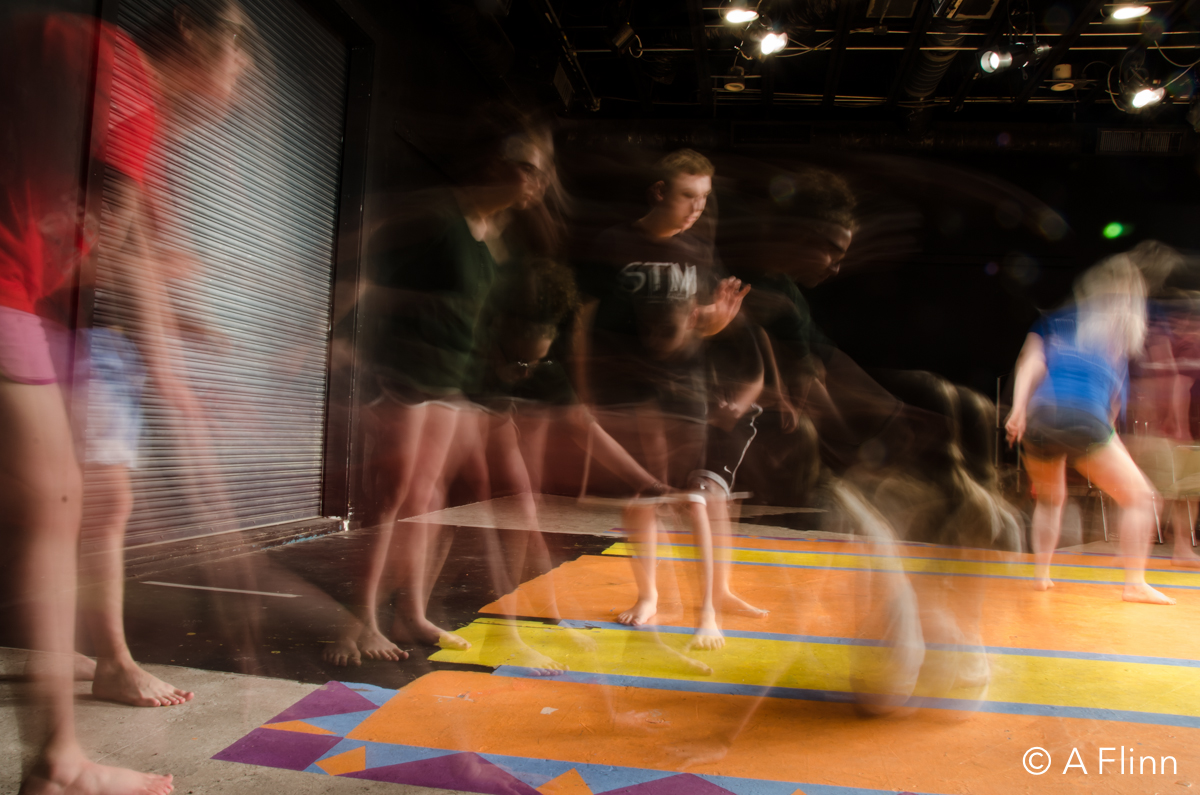
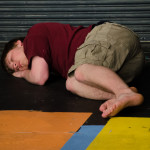
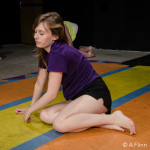
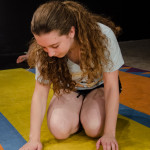
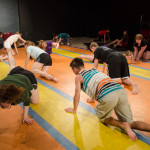
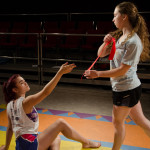
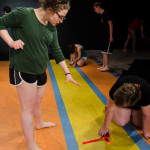
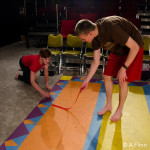
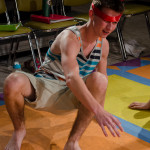
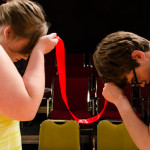
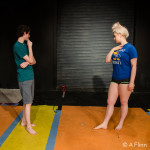
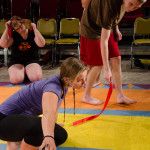
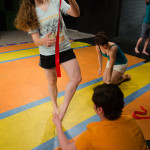
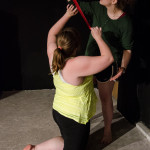
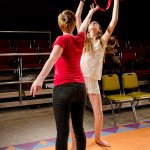
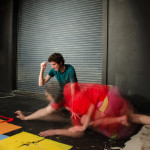
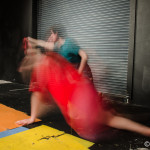
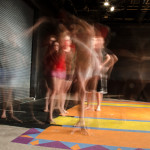
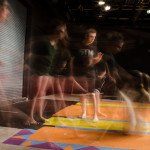
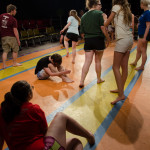
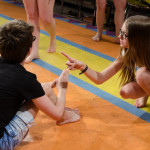
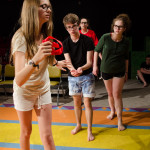
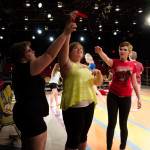
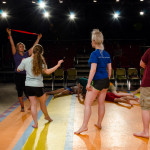
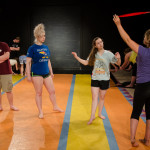
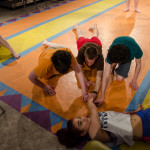
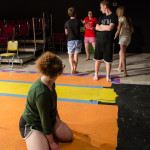
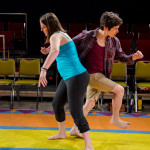
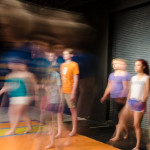
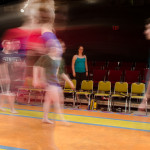
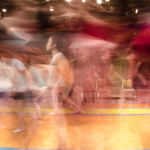
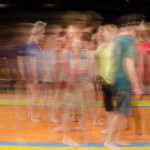

Leave a Reply
You must be logged in to post a comment.